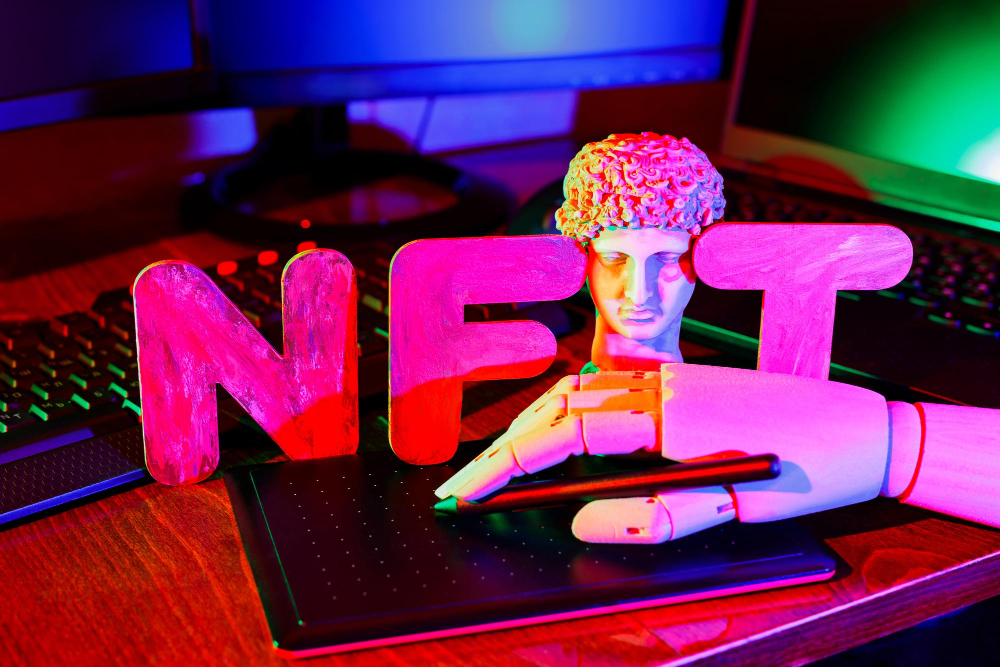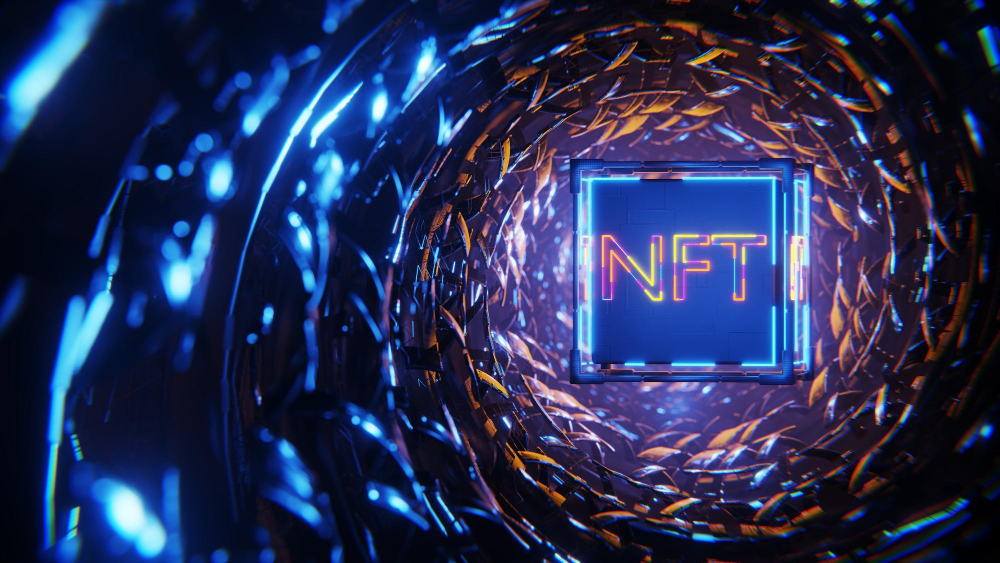NFTs, or non-fungible tokens, have evolved far beyond digital collectibles. Today, they are valuable assets that can be used in financial protocols, games, applications, and even DAOs. But as adoption grows, so do the threats.
This guide is your reliable navigator through every aspect of NFT security—from phishing and wallet breaches to smart contract protections and legal considerations.
Each NFT is linked to a unique token on a blockchain, but that doesn’t make it immune to risks. Losing access to a wallet, interacting with a malicious smart contract, or falling for a phishing scheme can result in permanent loss.
That’s why NFT owners, developers, and platforms need to understand the risks they face and the tools they can use to mitigate them.
Phishing remains one of the most common attack types. Scammers clone the interface of popular NFT marketplaces or dApps and trick users into signing malicious transactions that give them access to wallets.
Tip: Always double-check URLs and avoid links from Discord, Telegram, or email without verification.
Fraudsters frequently create knock-off NFT projects or impersonate celebrities. This is especially prevalent with celebrity NFT drops, where unauthorized collections are sold using public figures’ names and images.
The NFT gaming space is highly dynamic—but also vulnerable. Connecting to unverified games or transferring NFTs to a contract may result in irreversible losses.
Bugs in NFT contract code or marketplace infrastructure can lead to exploits. Even some of the biggest NFT projects have suffered from unaudited code and insecure logic.
Scam artists often hype fake collections on social media, only to disappear after collecting funds (rug pull). Others manipulate trading volume and prices through artificial activity—known as wash trading.

Research shows that 5–6% of all NFT transactions are wash trades — repeated buy/sell actions between wallets controlled by the same entity to artificially inflate volume and perceived value. This is one of the least obvious but most harmful threats in the crypto ecosystem.
Recent studies found over 8,000 fake NFT collections using cybersquatting tactics, leading to over $59M in user losses.
Smart contracts behind NFT drops sometimes contain hidden admin privileges or backdoors that allow freezing or redirecting assets without the user’s consent.
The safest way to store NFTs is with a hardware wallet like Ledger or Trezor. These devices keep your keys offline, out of reach from most attack vectors.
Avoid custodial wallets where you don’t control your private keys. A non-custodial approach is the gold standard for NFT ownership.
Many NFT apps request token access. If granted, these apps can transfer or burn your NFTs at any time. Make it a habit to regularly revoke unnecessary permissions using tools like revoke.cash.
NFTs are increasingly used as collateral in decentralized finance. However, combining NFTs and DeFi introduces risks like liquidation errors, price manipulation, and logic flaws in smart contracts.
NFTs are often issued, owned, or governed collectively within DAOs. These DAO-powered NFT projects require clear governance rules and smart contract protections to prevent abuse or theft by insiders.

Leading projects now undergo third-party audits from firms like CertiK and OpenZeppelin to uncover vulnerabilities before launch. Audits should be a non-negotiable standard for any serious NFT project.
New Ethereum standards are being introduced to improve NFT safety:
These upgrades make the NFT ecosystem more resilient to hacks and social engineering.

Modern NFT blockchain platforms offer built-in protection:
In most jurisdictions, if a user loses control of a wallet or signs a malicious transaction, assets cannot be recovered. That said, NFT theft is starting to appear in courts as a prosecutable offense.
NFTs that use unauthorized celebrity likenesses or copyrighted content can lead to lawsuits. Celebrity-themed NFTs remain a legal gray zone for many creators.
Global regulators are exploring NFT classification, taxation, and marketplace rules. Some regions push for KYC, AML compliance, and consumer protections as standard in the NFT space.
If you suspect your wallet has been compromised or NFTs have been stolen, follow these steps immediately:
NFTs are valuable digital assets that deserve the same protection as financial instruments. Whether you’re a collector, builder, or investor, staying secure means staying informed.
Security is a shared responsibility between platforms, developers, and users. By understanding threats and following best practices, you can thrive safely in Web3.